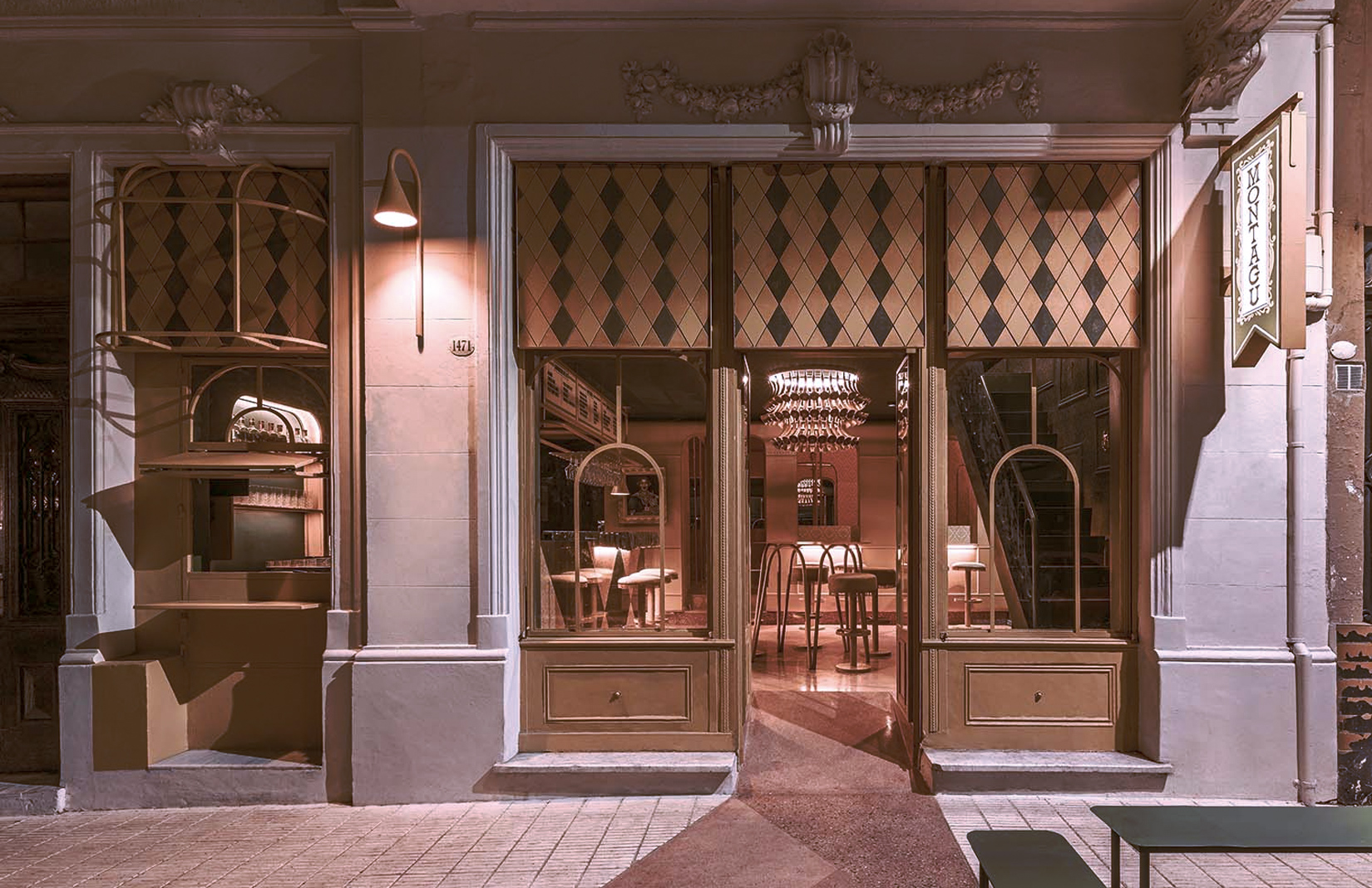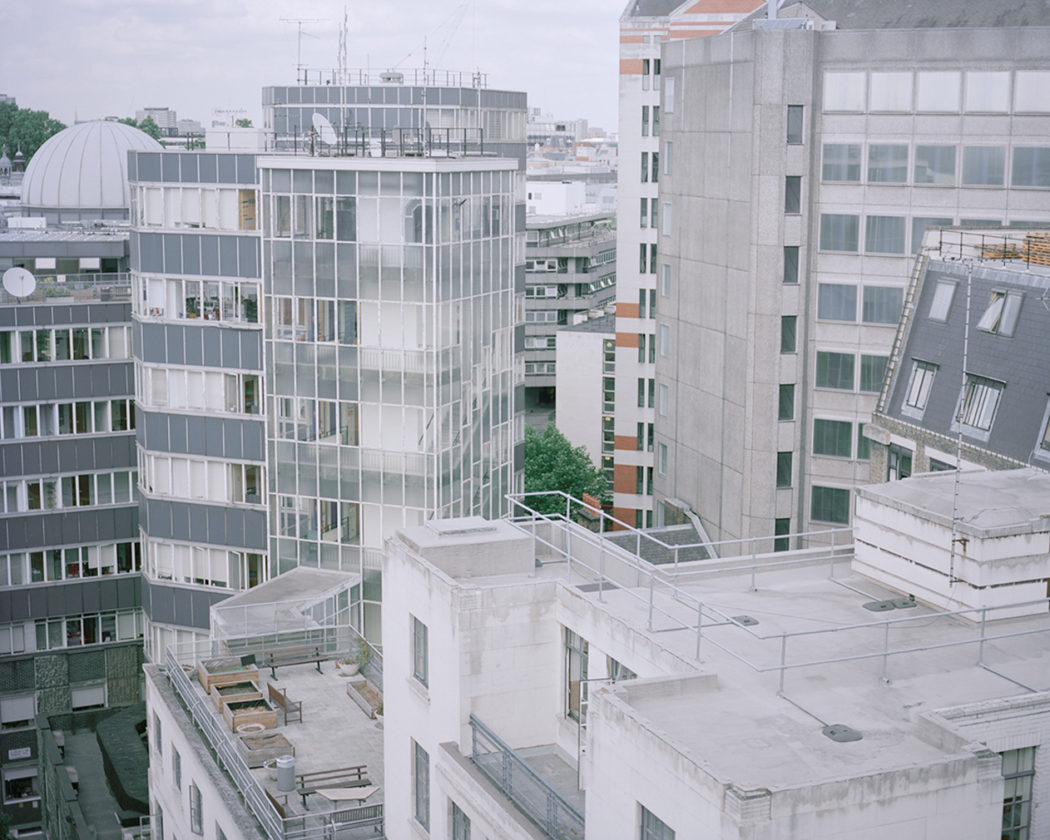
Photography: Dan Mariner
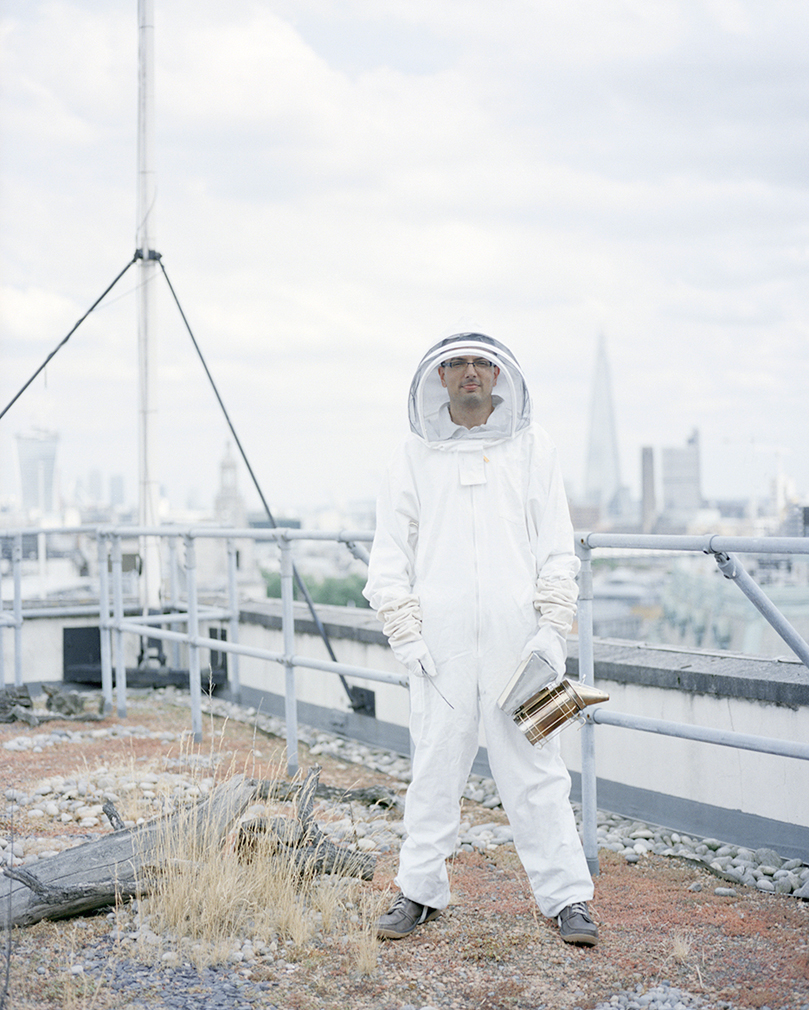
Photography: Dan Mariner
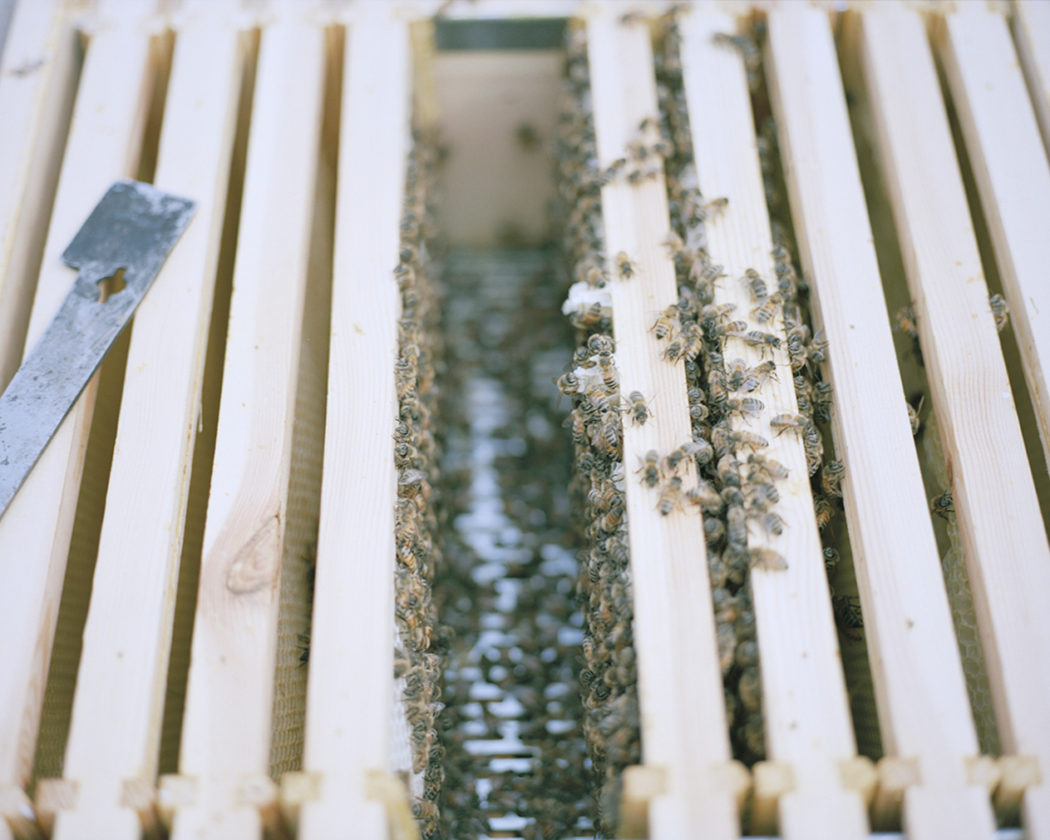
Photography: Dan Mariner
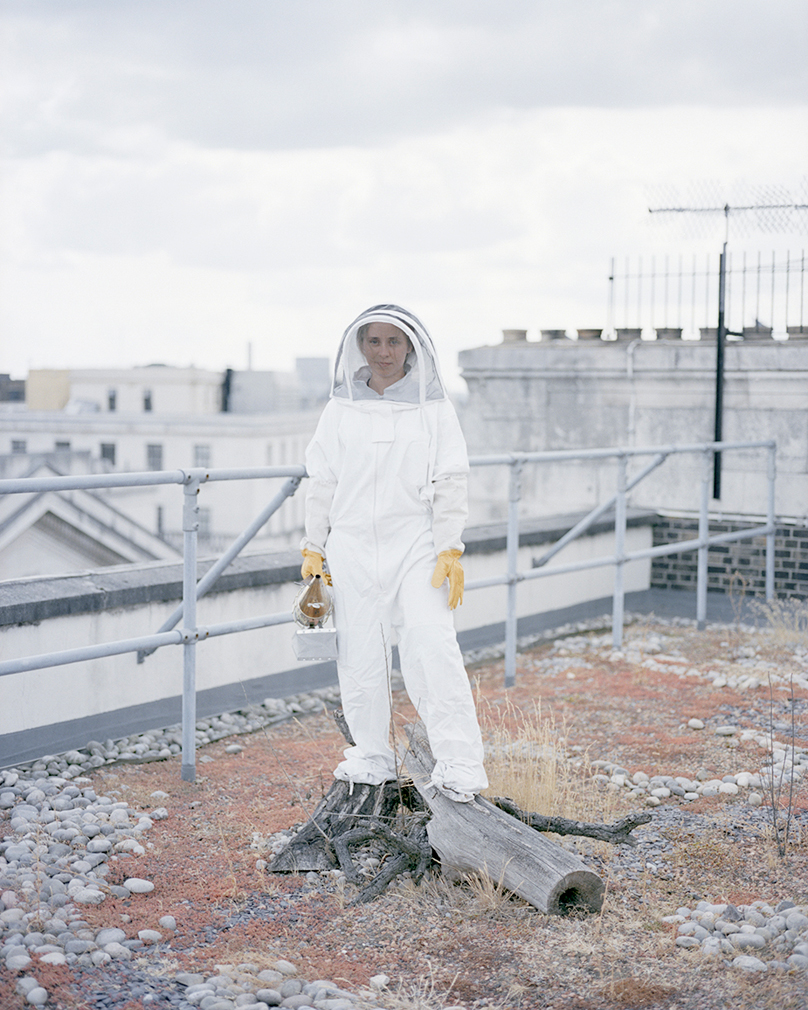
Photography: Dan Mariner
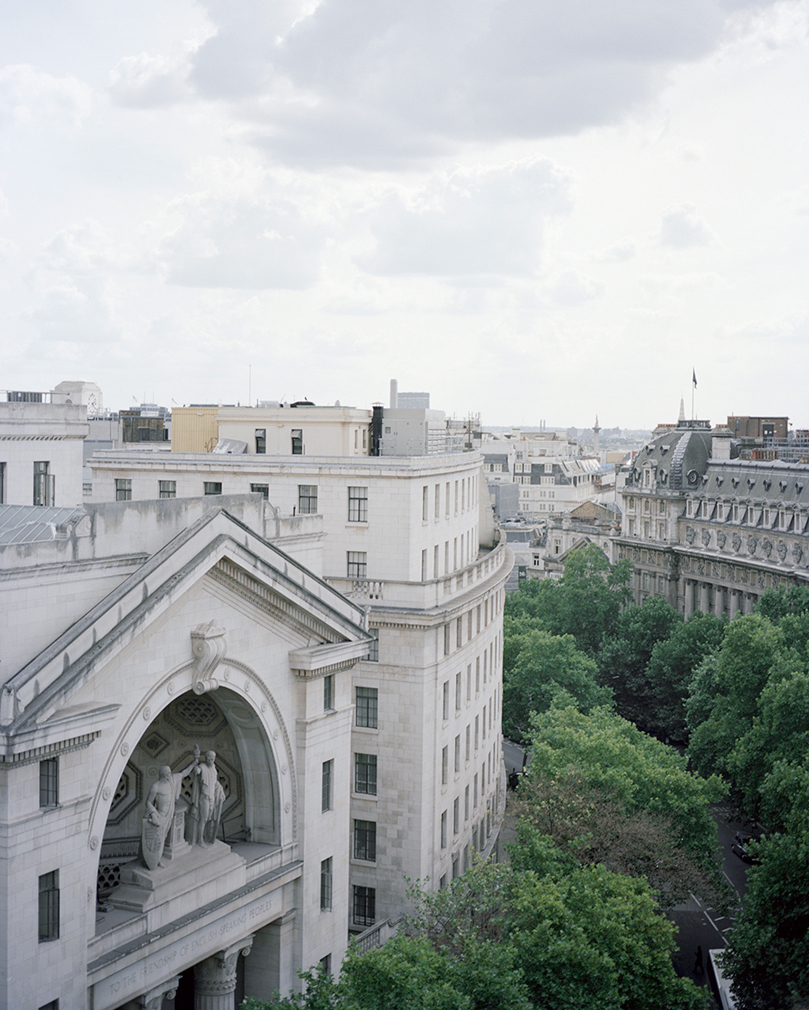
Photography: Dan Mariner
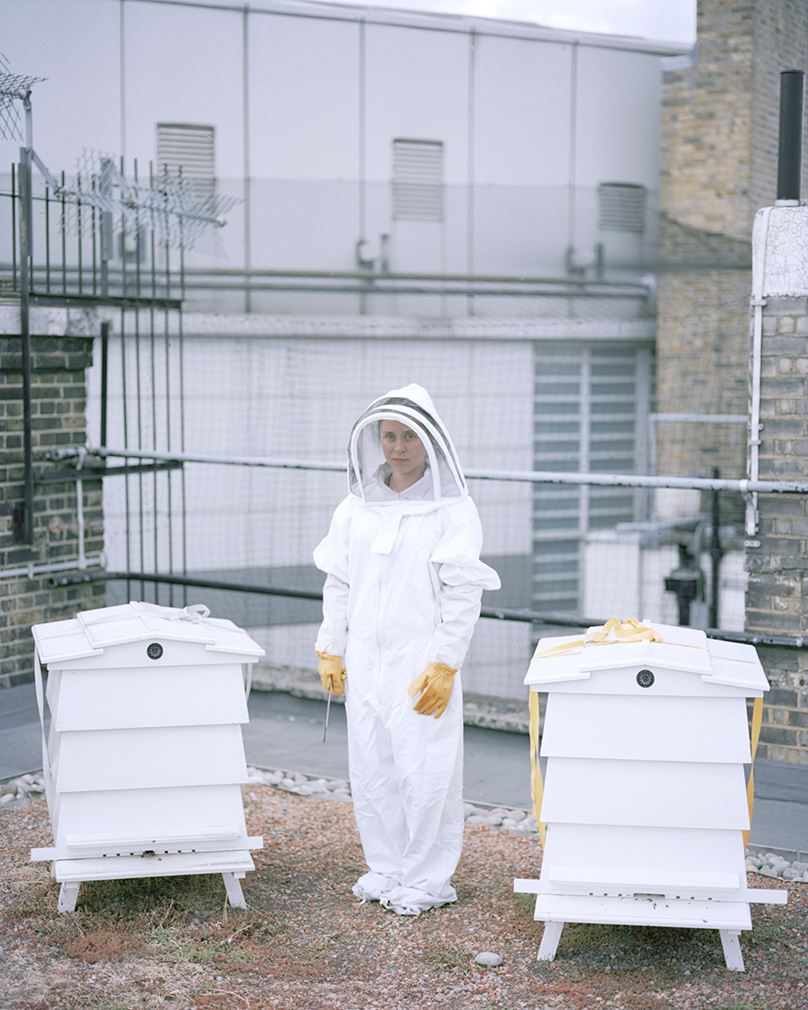
Photography: Dan Mariner
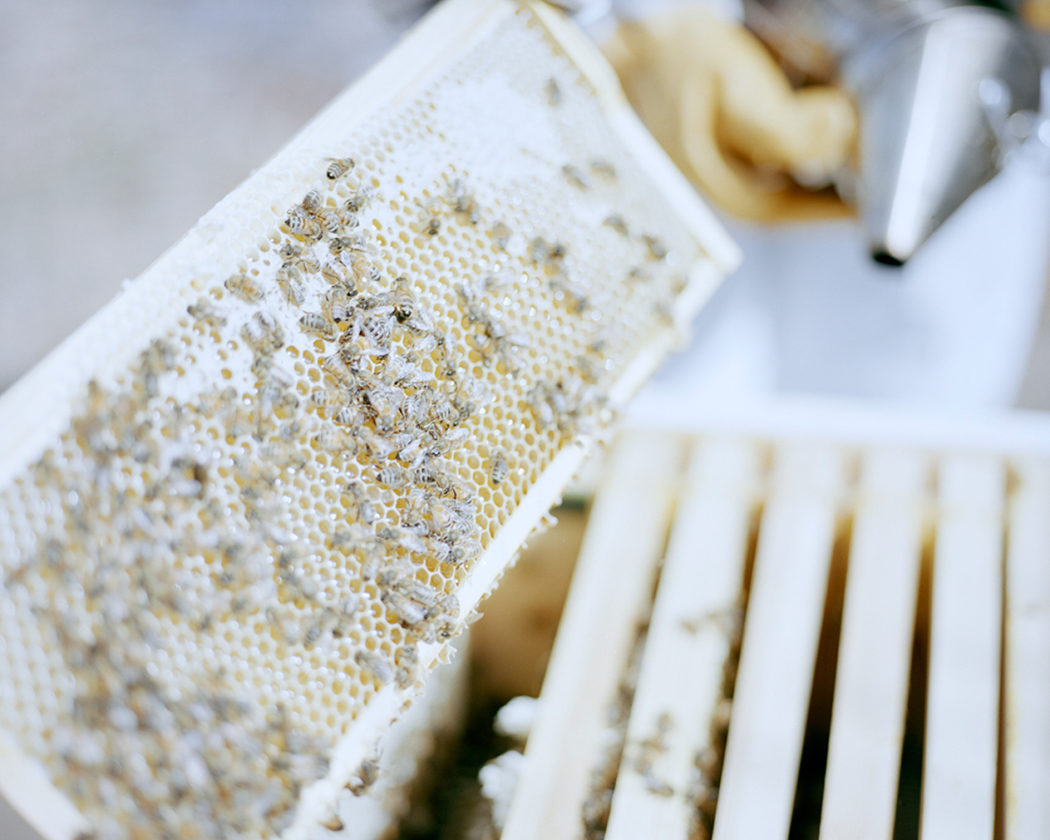
Photography: Dan Mariner
Between rapid urbanisation, climate change and the use of harmful pesticides, our bee population is under increasing threat. But London’s architecture is providing a surprising oasis for the city’s population of honeybees.
Some of London’s best known landmarks, including the Museum of London and the Grade I-listed Lloyd’s Building, are crowned by apiaries, cared for by a growing group of urban beekeepers.
Photographer Dan Mariner documented this community for his series, High Rise Honey. ‘I wanted to contrast the organic architecture of the hives against the surrounding man-made structures,’ he says.
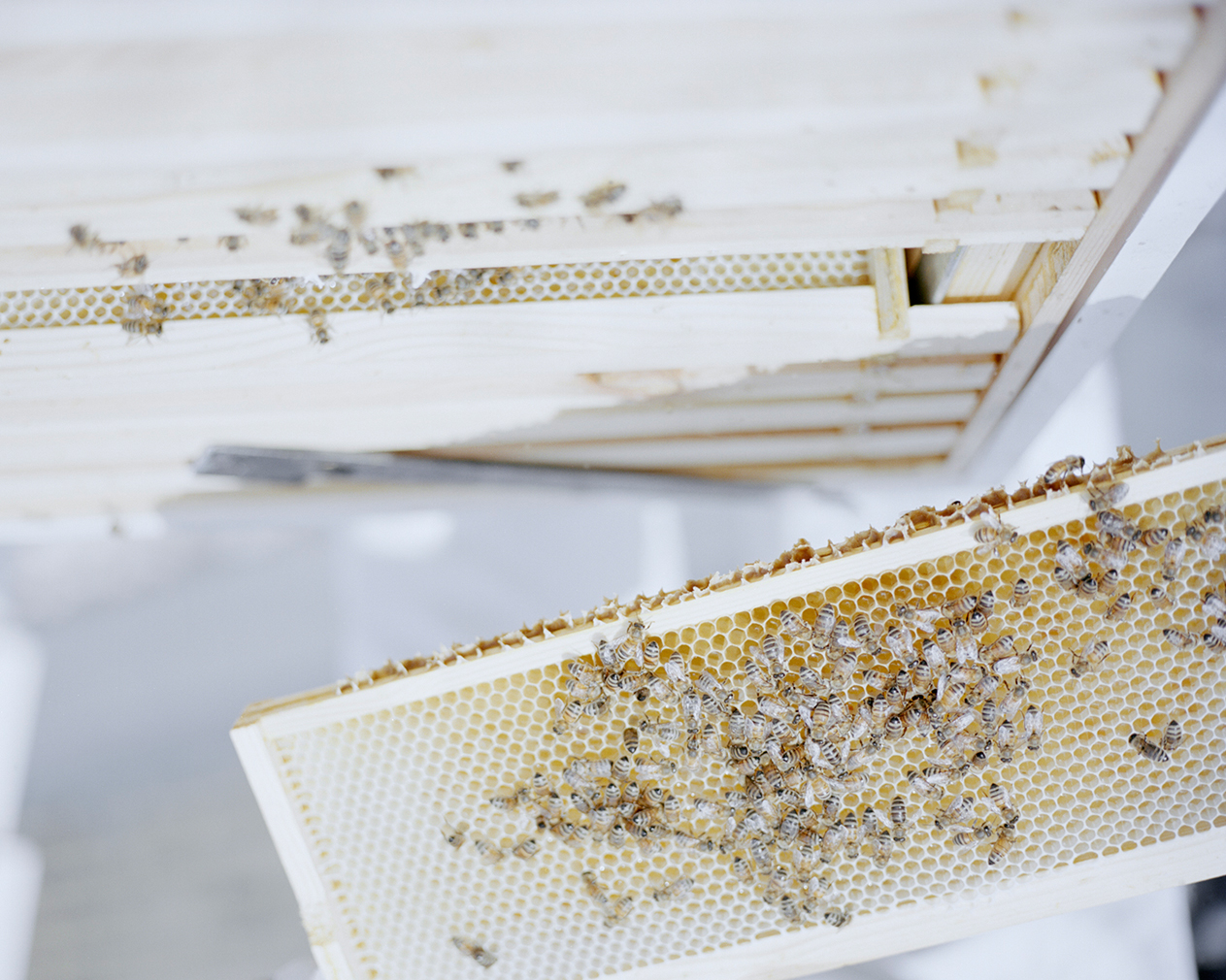
Mariner followed the London School of Economics’ environmental department – which tends apiaries atop the university’s Georgian buildings, including the Classical Passfield Hall in Euston – during the bees’ winter hibernation period.
He tells us how apiculture can thrive within the concrete jungle, hundreds of feet above the ground…
The Spaces: To the untrained eye, a sprawling concrete megalopolis doesn’t appear to be a nurturing habitat for bee colonies…
Dan Mariner: The logic behind central London’s apiaries, on top of these high buildings, is that the added elevation gives the bees a quieter and undisturbed route to their feeding locations. It’s a win-win situation as the colonies produce better quality honey and grow in strength much faster.
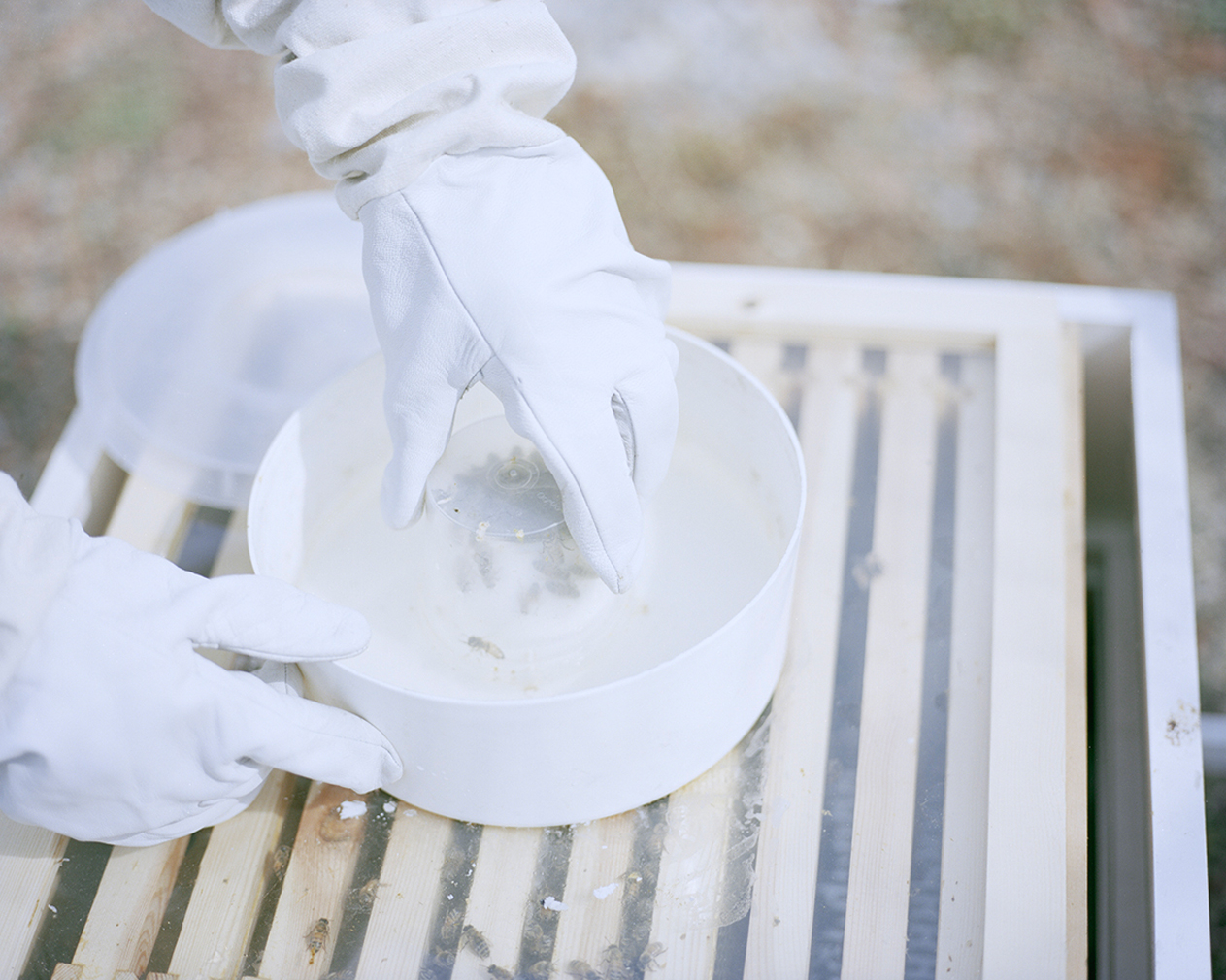
Your work seems to connect different kinds of environmental issues within industrialised landscapes. Is this a deliberate link?
My photography practice is formed around my interest in ecology and sociology. I am intrigued by the interaction between modern infrastructures and the natural world. Thanks to my love of architecture, it often results in a marriage between the two.
How did the urban beekeeping series come about?
Honey bees are an intrinsic part of our food chain – our very existence is dependent on their ability to industriously pollinate. The work they do is huge, yet mostly unseen – even more so in a large metropolis.
I have lived in the countryside for much of my life and was brought up close to nature, so I always create a strong connection to my surroundings, whether they be urban or rural.
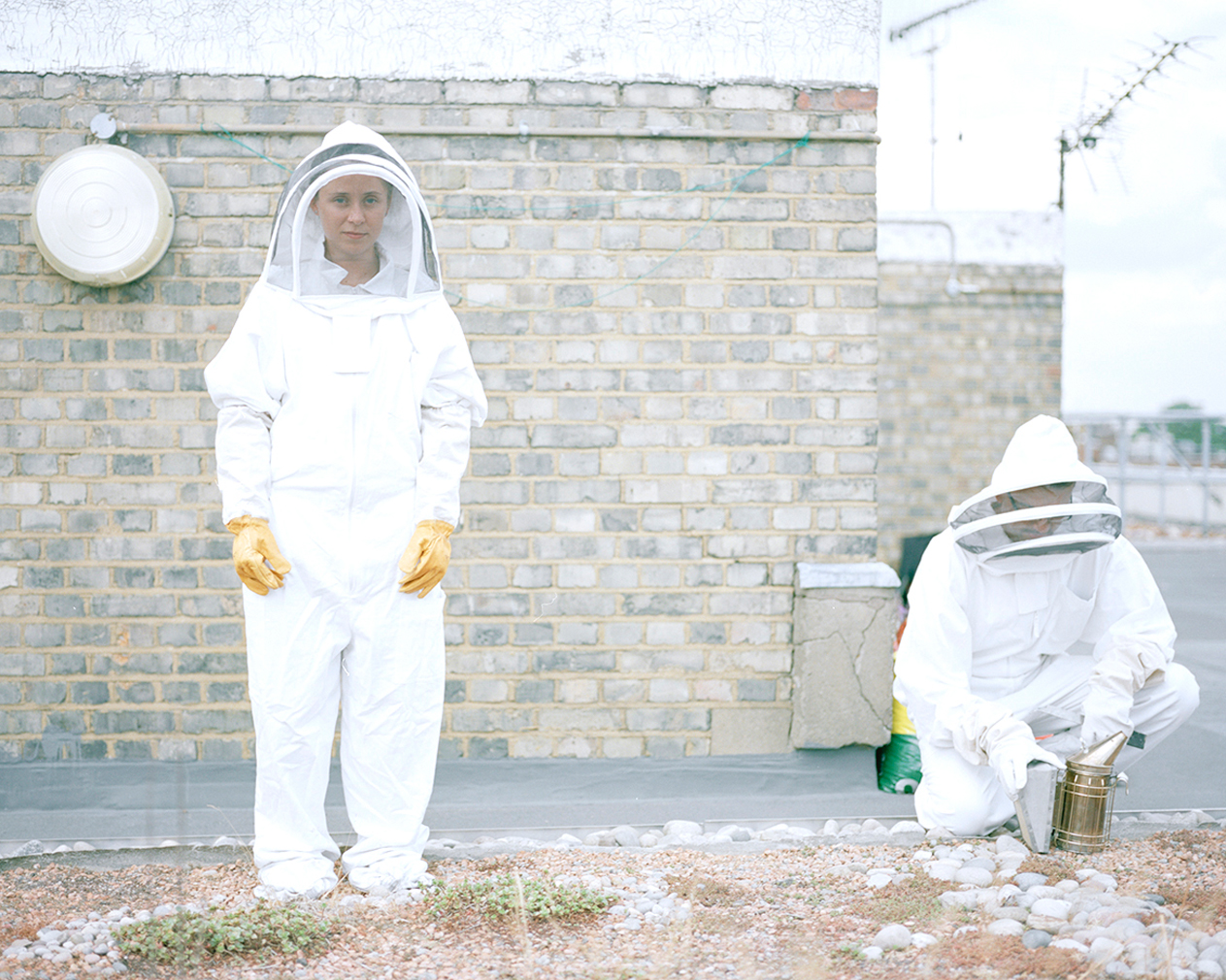
Most beekeepers I’ve met emit a tangible, powerful aura, as if they know the work they are doing is of great importance. It was a surreal experience shooting this project. On many occasions, I would have to pinch myself when looking through the viewfinder at these white-clad figures in front of these epic scenes… They had the look of spacemen working a futuristic, dystopian city.
With the recent opening of areas like Woodberry Wetlands in Hackney, there seems to be a huge push for cultivating biodiversity in the UK’s cities. Are Londoners taking more of an interest?
I think the UK on the whole is becoming more aware of the importance of the humble honeybee to our ecosystem. Many community allotments and orchards across the country are using bees as a tool (alongside organic growing methods) to boost growth and promote a stronger ecosystem.
London gets a lot more publicity due to it being a capital city and an internationally recognised location. However, there is still a long way to go in terms of bringing environmental issues into the country’s collective consciousness.
Read next: photographer Massimo Vitali captures the architecture of leisure






